

debating the future of the city

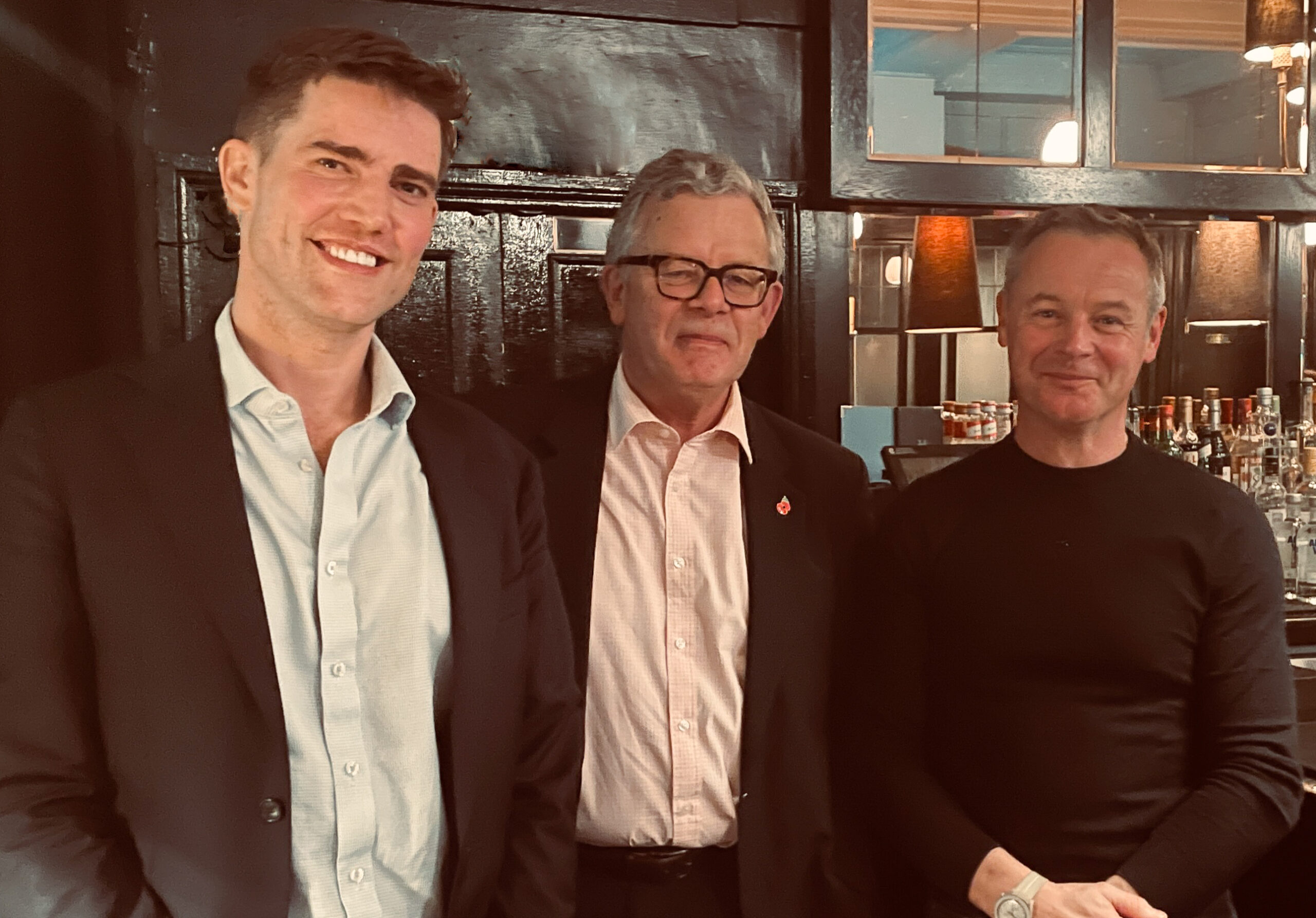
ABOVE: Tom Sleigh (left) with CAF chairman Andrew Reynolds (centre) and Robin Dobson (right)
Recent strong demand is already putting pressure on the City Plan 2040’s estimated need for another 1.2-1.4 million square metres of new office space, guests at the City Architecture Forum’s annual dinner heard.
Guest speaker Tom Sleigh, Chair of the City’s Planning and Transportation Committee, speaking alongside Robin Dobson, CEO of Platform4, Network Rail’s new property business, gave a spirited defence of the Plan – ‘our road map for the next 15 years’ – and said, ‘this year will see the highest number of planning applications for a decade.’
The Plan is in its final stages prior to adoption planned for 2026. ‘In the next five to ten years there might be a difficult discussion about this. There aren’t any easy places [for new development] to go,’ said Gwyn Richards, Director of Planning and Development for the City Corporation.
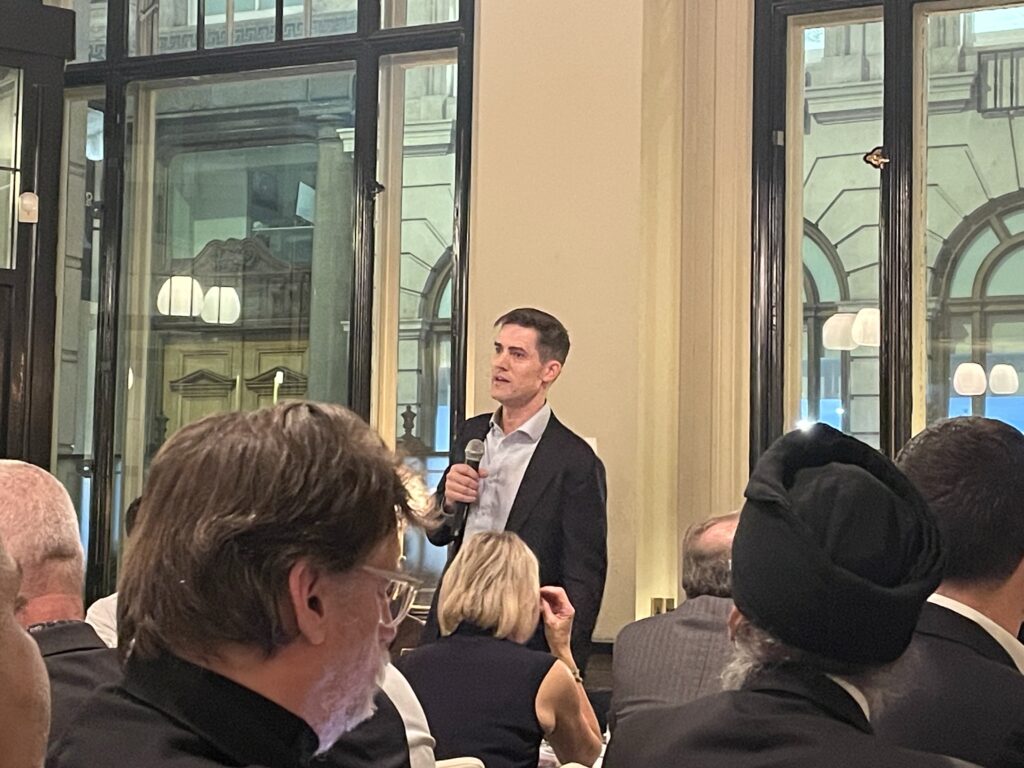
Sleigh also set out a design agenda: ‘I want the City not just to be a leader in financial, professional and tech services, I want it to be leader ‘in place, in buildings, in architecture.’
‘Our agenda rests on four principles: scale, inclusivity, coherence, staying power. We might ask if a proposal is scaled with sensitivity. Could it be more inclusive? Is it architecturally coherent? Will it endure? These are the questions our team will talk to you about. In the City we have high land values and big expensive developments. We have the best architects in the world, and we expect the best architecture.’
‘We do our best to derisk the planning process. Outcomes are not guaranteed, but the City is surely the most benevolent productive place on the planet to come forward with exciting new schemes. At this critical time, when the nation has a growth agenda, you all are part of that national mission.’
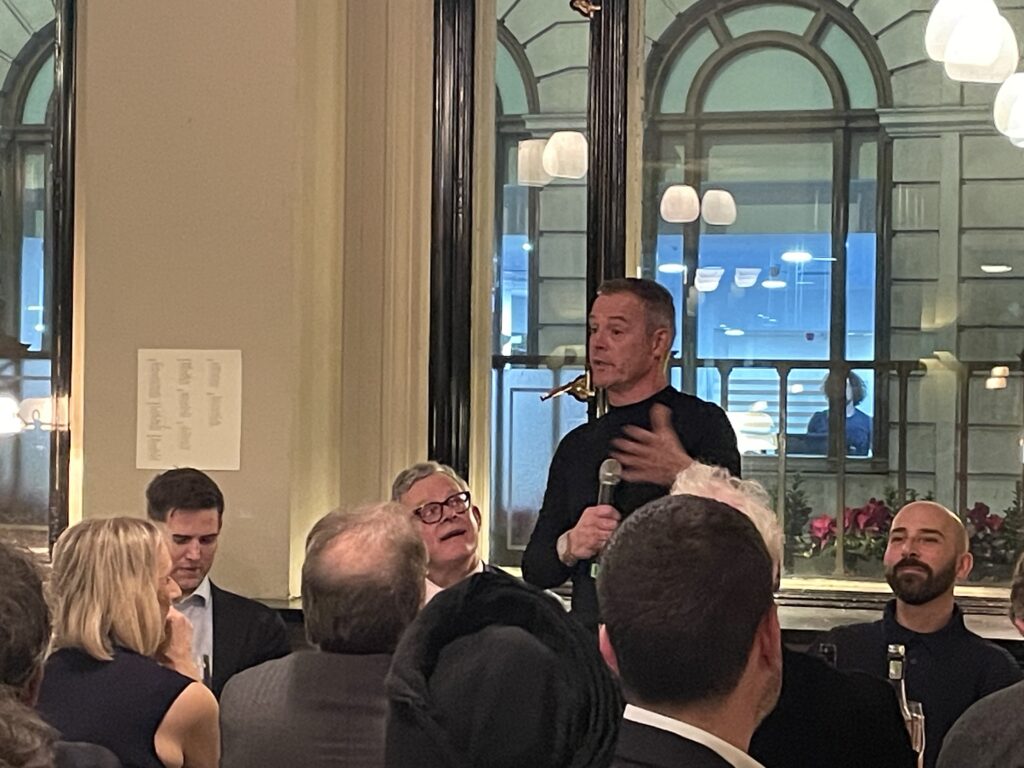
In his first formal appearance as CEO of Platform4, Robin Dobson, who has run Network Rail’s property arm since 2022, said the new business’s goal ‘is all about unlocking opportunities we can work on together’. The new business would use its enhanced remit to ‘deliver property, regeneration, not just in the City, but also UK wide’.
Platform4 is a separate entity from Network Rail said Dobson: ‘Ultimately it can do what it what it wants to within certain parameters just like any other property business.’ Network Rail is the largest owner of brownfield land in the UK, he said: ‘We own most of the stations in London and Liverpool Street is the busiest of all with 150m passenger movements a year, day in, day out.’
‘All the central London stations see over 100m a year. Contrast that with a major shopping centre which might see 25-30m. And if that doesn’t get you excited, let’s talk about the retail.’
‘For the last three years we made 16-17% growth in retail income business. That’s the place you want to put your food and beverage [business] because that’s where growth comes from. We can access about 1 billion customers in the central London stations.’
‘How do you turn that value creation into delivering investment and projects? That was one of the appeals for me joining in this business. The projects we’ve loaded into Platform4 include 22 in London and we have projects in 47 towns and cities around the UK, in every sector. That is the prize. It’s a hugely exciting journey ahead.’
In a lively Q&A session, Tom Sleigh revealed the City was developing a new Supplementary Planning Document on viability. In particular the guidance is considering ‘the phasing of [S106] payments’ which might be phased throughout development instead of being paid in total prior.
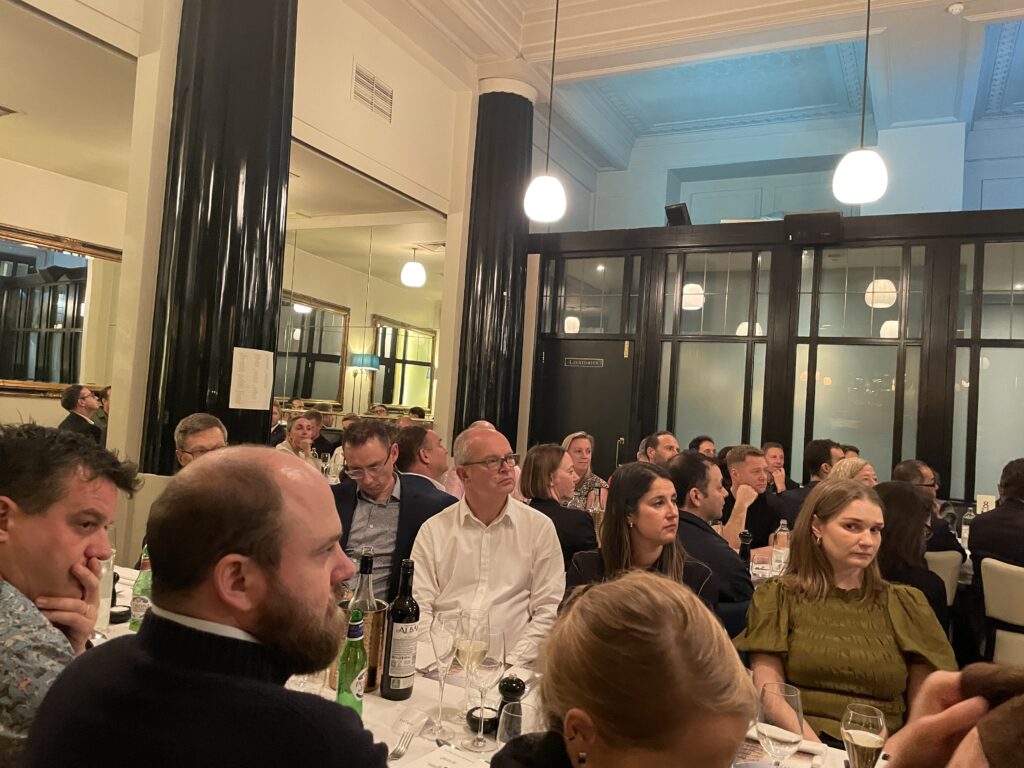
A question referred to CAF’s 2024 event on the draft City Plan when some CAF members called for the plan to be ‘more visionary’.
‘The City Plan 2040 is exactly that – a visionary plan,’ responded Gwyn Richards. ‘What the City Plan does is totally change the eco-system from being Monday to Friday to a seven-day City. Buildings have to be seven days too. That is the biggest seismic move in the economic eco-system of any city.
‘The weekend footfall is now greater than it was pre-Covid. The City Plan is really changing the economic eco-system. And buildings and architecture play a key role in delivering that vision. The challenge for me … is that we’re not really good at conveying the vision. One thing I’d love to share with CAF, is [an animation of] the transformation of the new public routes we’re negotiating [now circulated to CAF members].’
Tom Sleigh added: ‘The City is bigger, higher, more generous, than it has ever been. The streetscape is cleaner quieter and more human. On the planning side we are encouraging porosity to open-up the ground floor. When you marry those things, the transportation, the planning, increased porosity, we have a City that is more human scale, more liveable, more pleasant than it has ever been.’
Responding to a question on the future vision, Gwyn Richards said the riverside would be a ‘key focus’: ‘The biggest move we anticipate is the Puddle Dock area, all the way to Blackfriars and Millennium Bridge House. That is probably ripe for ‘comprehensive’ redevelopment, a term we haven’t used since Paternoster and Broadgate.’
Summing up, Tom Sleigh added he had a theory about why some businesses had returned to the City from other locations, including Canary Wharf: ‘My theory on this is Canary Wharf’s architecture is all the same age and style. A bit like Donald Trump. Some like it, others don’t. Whereas in the City you find Quality Street – there’s something for everybody. [Laughter, applause]


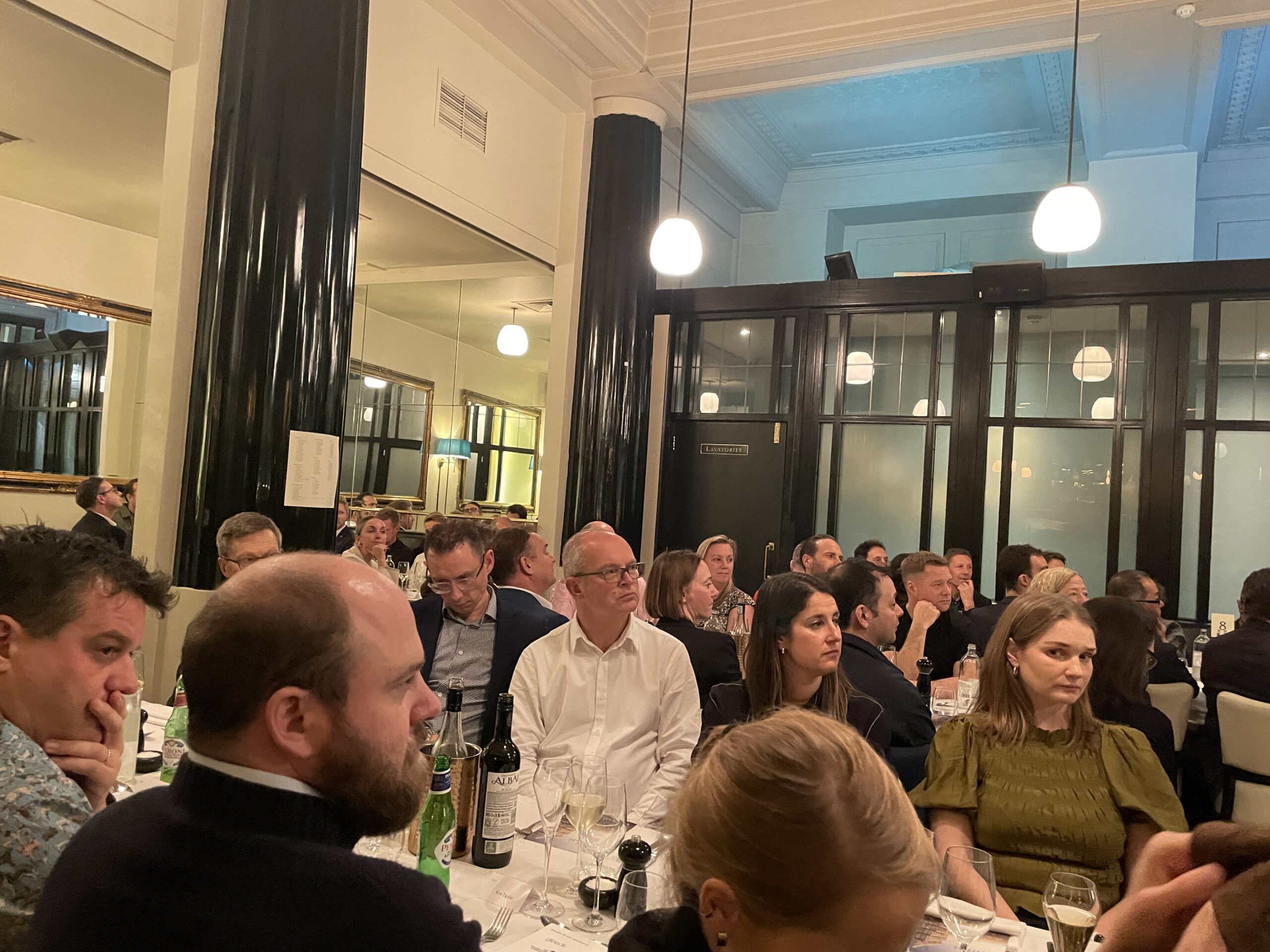
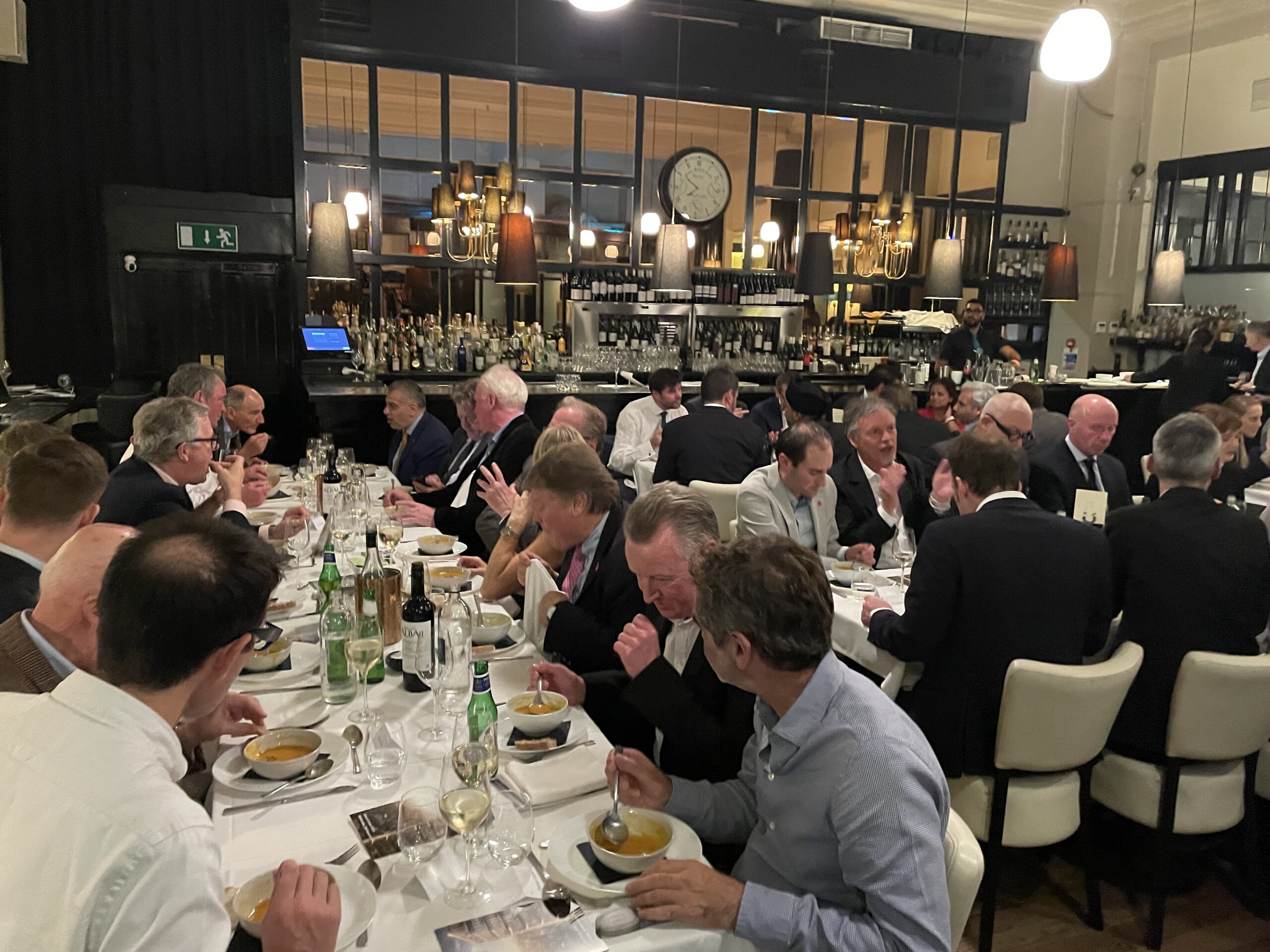
Mark Kelly, PLP Architecture explores a number of the project goals of One Bishopsgate Plaza, including the regeneration of part of the local Conservation Area.
...“East is best, the West is the rest” was a saying in Shoreditch’s artist-led renaissance back in the 1990s, affirmation that a new place was emerging. We’re talking pre-Tea Building and way before Shoreditch House opened in 2007 – when nearly all buildings in Hoxton Square were vacant. Times were...